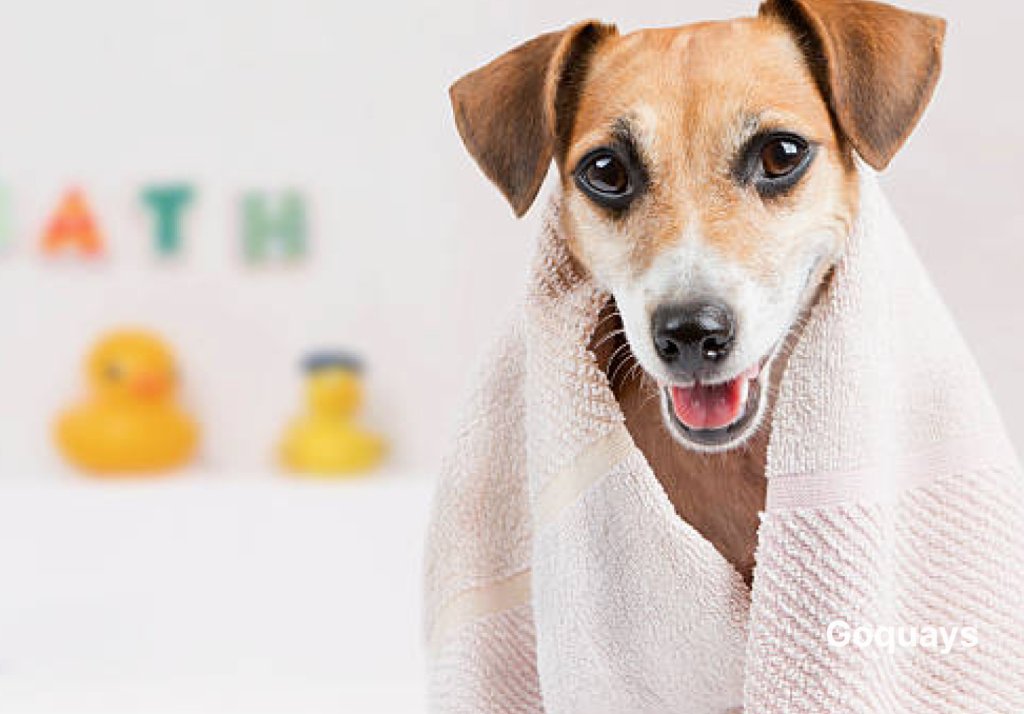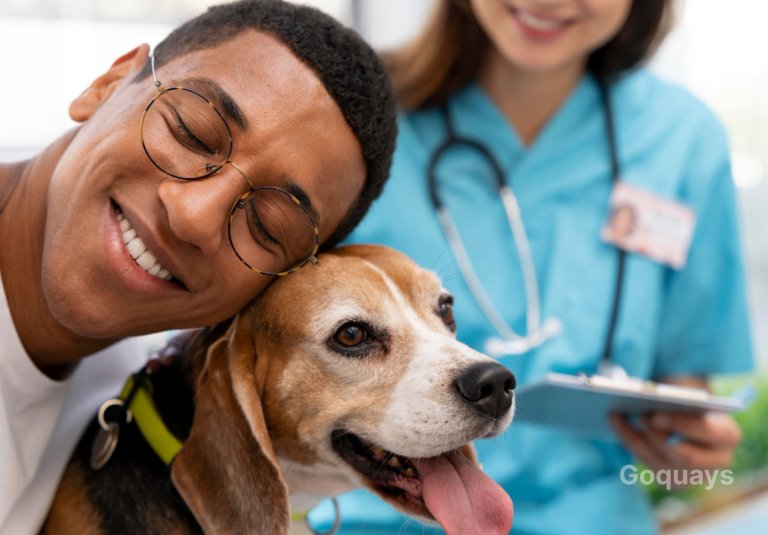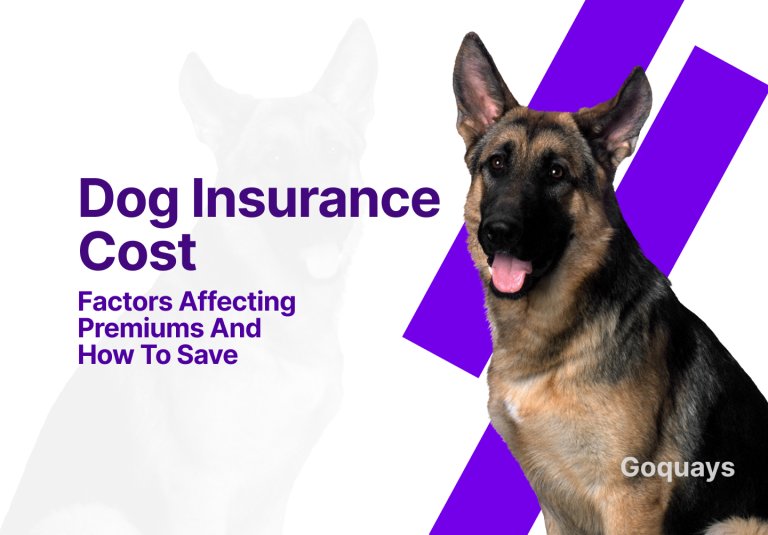Dog grooming might sound like something only professionals do, but the truth is, it’s something every dog owner should get comfortable with. Whether your furry friend is a playful pup or a laid-back senior, regular grooming keeps them clean, healthy, and happy.
This guide breaks down everything you need to know about dog grooming in simple steps. From brushing and bathing to trimming nails and cleaning ears, you’ll learn how to care for your dog without stress. It doesn’t matter if you’re trying it for the first time or you’ve done a few baths before—this guide is for you.
You’ll also find answers to common questions like how often you should groom your dog, what tools you need, and how to handle grooming if your dog gets anxious. We’ll even cover breed-specific tips, basic home grooming routines, and how to deal with tricky stuff like matted fur or skunk smells.
By the time you finish reading, you’ll feel more confident about grooming your dog at home. So grab a towel, some treats, and let’s make grooming a fun and bonding experience for both of you
Why Dog Grooming Matters
Dog grooming is more than just keeping your pup clean. It plays a huge role in their overall health and comfort. You might think brushing, bathing, or trimming is just for appearances, but regular grooming actually helps spot early signs of health issues. Lumps, bumps, or skin irritations are easier to notice when you groom your dog often.
Clean fur and skin help prevent itching, infections, and parasites. When you brush your dog regularly, you remove dirt, loose hair, and tangles that could turn into painful mats. For long-haired dogs, that’s especially important. Grooming also keeps their ears clean and reduces the risk of ear infections. And let’s not forget about nail trimming—long nails can cause joint stress and even change how your dog walks.
Now, beyond the health benefits, grooming also helps build a stronger bond between you and your dog. That quiet time you spend together, whether you’re brushing their coat or gently wiping their paws, creates trust. When you make grooming a relaxed routine, your dog starts to enjoy the experience. It becomes a shared moment, not just a task.
Even nervous dogs can become calmer over time when grooming is done with patience and care. When they feel safe in your hands, they learn to relax. That trust carries over into other areas of life, like vet visits or training.
So, grooming isn’t just a chore—it’s one of the best ways to care for your dog inside and out.
When to Start Grooming Your Dog
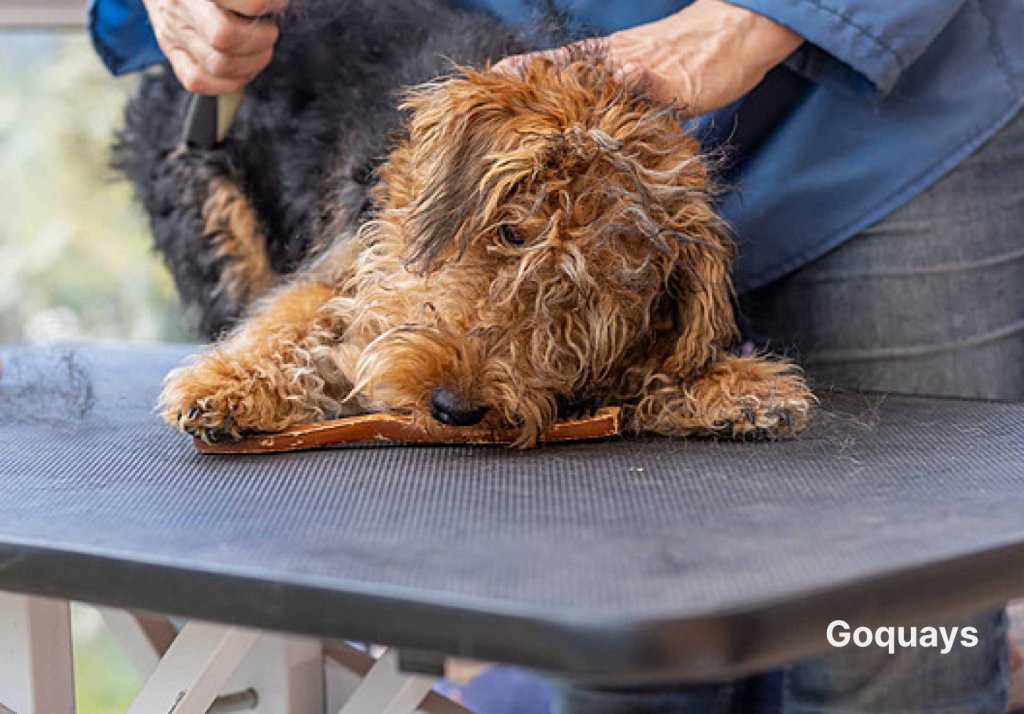
The best time to start dog grooming is as early as possible—ideally when your pup is just a few weeks old. At this stage, grooming isn’t even about deep cleaning. It’s about helping your puppy get used to the process. Soft brushing, gentle paw handling, and short bath sessions go a long way in making grooming feel safe and normal.
Starting young helps your dog learn that grooming isn’t scary. You’re laying the foundation for a lifetime of stress-free brushing, bathing, and nail trims. Puppies who grow up with regular grooming tend to enjoy it more. They learn to sit still, trust your touch, and even look forward to the routine.
But what if you didn’t start early? No stress. You can still introduce grooming to an adult dog—it just takes a bit more patience. Begin with short, calm sessions. Use treats, praise, and a gentle voice to help your dog feel comfortable. Focus on one area at a time—like brushing their back or touching their paws—before moving on to full grooming sessions.
The key is to make grooming a positive experience, no matter your dog’s age. Don’t rush it. Let them sniff the tools, hear the sounds, and feel safe every step of the way.
So whether you’ve got a playful puppy or an older rescue, you can build a grooming routine that works. The earlier you start, the easier it gets—but it’s never too late to begin.
How Often Should You Groom Your Dog?

How often your dog needs grooming depends on their coat type and breed. Some dogs need daily attention, while others can go a couple of weeks without a full session. The trick is knowing what works best for your dog’s unique coat.
If your dog has a long or double coat, like a Golden Retriever or Collie, you’ll want to brush them several times a week. This helps prevent tangles, matting, and excessive shedding. For short-haired breeds like Boxers or Dalmatians, a weekly brushing session is usually enough to keep things neat.
Curly-coated dogs like Poodles or Bichon Frises often need professional grooming every four to six weeks. Their hair can grow quickly and get matted if left unchecked. For wire-coated breeds like Terriers, regular hand-stripping or trimming every few weeks is recommended.
Bathing follows the same pattern. Active dogs who play outside often may need monthly baths. Others can go longer as long as they don’t smell or roll in something questionable.
Not sure if it’s time for grooming? Watch out for a few clear signs. If your dog’s fur looks greasy or tangled, or if they’re scratching a lot, it’s time for a brush or bath. Long nails that click on the floor, bad breath, or dirty ears are also signs your pup needs some attention.
Ultimately, a consistent dog grooming schedule keeps your pet healthy and happy. Start with a basic routine, then adjust based on your dog’s coat and lifestyle. You’ll both be better for it.
What’s the Difference Between Dog Grooming and Bathing?
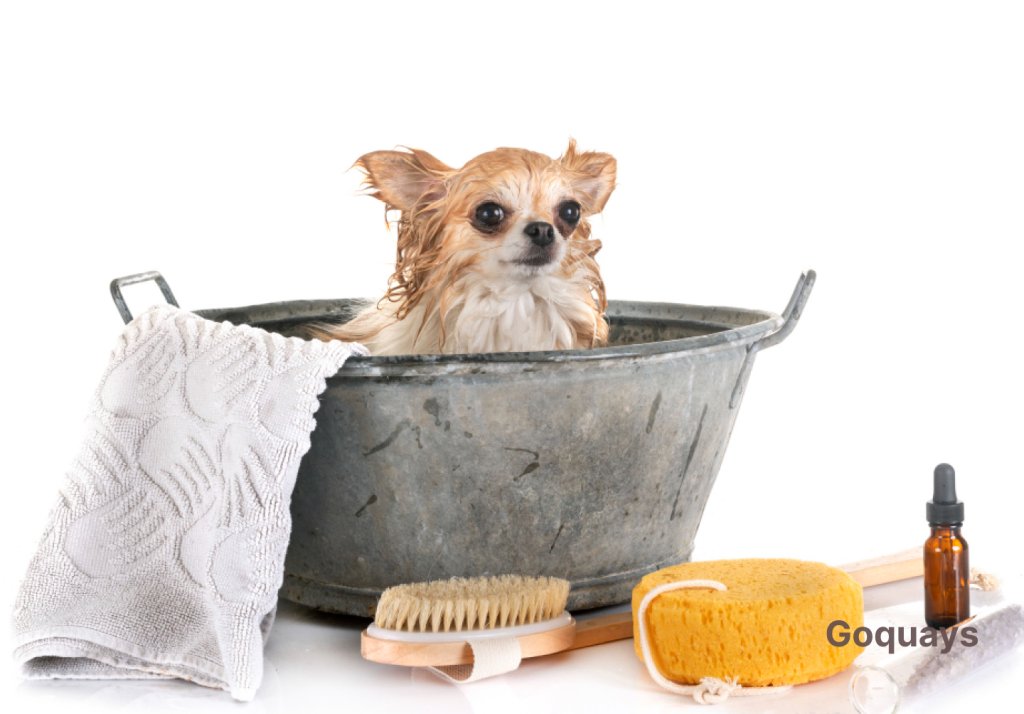
Bathing and grooming often get used interchangeably, but they aren’t the same thing. While they both help your dog stay clean, grooming covers a lot more than just a quick rinse in the tub.
Bathing is simply washing your dog with water and dog-safe shampoo. It removes dirt, odors, and loose hair. It’s great for keeping your dog smelling fresh and free of surface-level grime. But bathing alone doesn’t address everything your dog needs to stay in top shape.
Dog grooming, on the other hand, is a complete care routine. It includes brushing the coat, trimming the nails, cleaning the ears, brushing the teeth, and sometimes even trimming the fur. Grooming is all about maintaining your dog’s health as well as their appearance.
Bathing helps with hygiene, but grooming prevents issues like painful mats, overgrown nails, and infected ears. Think of it like this: bathing is one part of grooming. It’s important, but it’s not the whole picture.
Both bathing and full grooming are essential for your dog. Bathing helps with cleanliness, while grooming keeps your dog healthy and comfortable from head to tail. When you combine the two regularly, you’ll have a cleaner, happier pup—and fewer visits to the vet.
What You Need for At-Home Dog Grooming
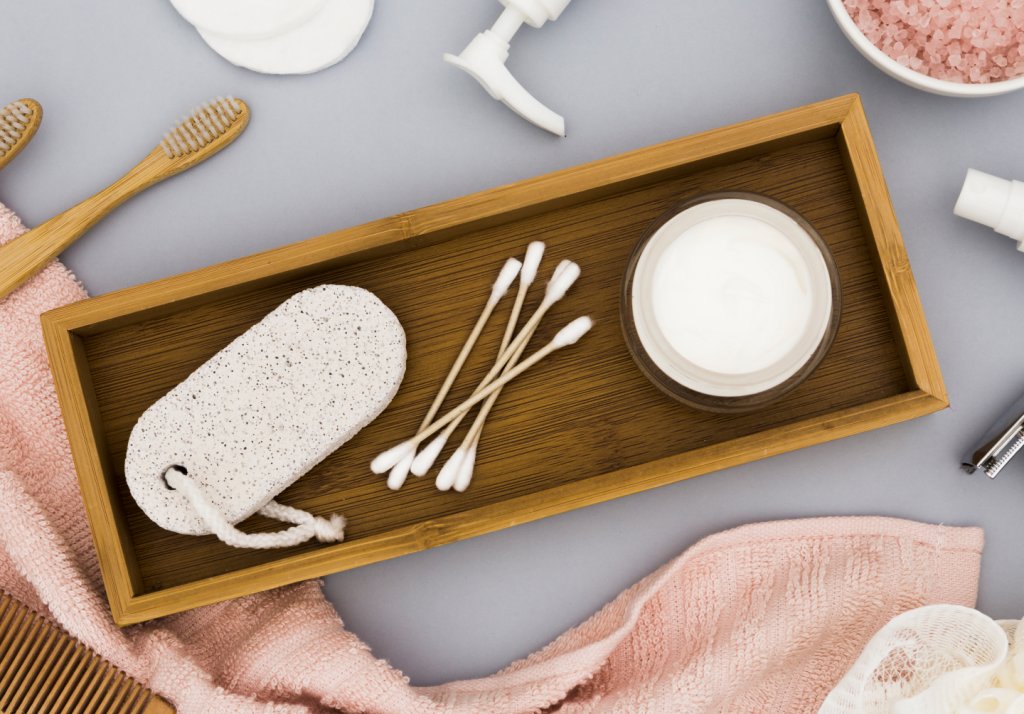
Getting started with dog grooming at home doesn’t mean you need a whole salon setup. With a few basic tools, you can keep your dog clean, healthy, and looking their best. The key is choosing the right items based on your dog’s coat type and grooming needs.
First, you’ll need a good brush or comb. For short-haired dogs, a rubber grooming mitt or soft bristle brush works well. Long-haired or double-coated breeds will need a slicker brush or a wide-tooth comb to tackle tangles and shedding. The right brush prevents mats and keeps your dog’s coat shiny.
Next, invest in quality nail clippers or a grinder. Long nails can hurt your dog and even affect how they walk. Choose a tool that’s comfortable for you to hold and has a safety guard if you’re new to clipping.
You’ll also need dog-safe shampoo. Human products are too harsh for dogs and can dry out their skin. Go for a gentle formula made for dogs, especially if your pet has allergies or sensitive skin. A conditioner is a bonus if your dog has long fur that tangles easily.
Other helpful items include dog toothbrushes, ear-cleaning solution, towels, a non-slip mat for bath time, and grooming scissors or clippers if your dog needs regular trims.
Start simple. You don’t need everything at once. As you get more confident, you can add tools to match your dog’s grooming needs. The right tools make the process smoother—and a lot more enjoyable for both of you.
How to Groom Your Dog at Home Step-by-Step
Grooming your dog at home can be a fun and rewarding experience. Here’s a simple step-by-step guide to get started:
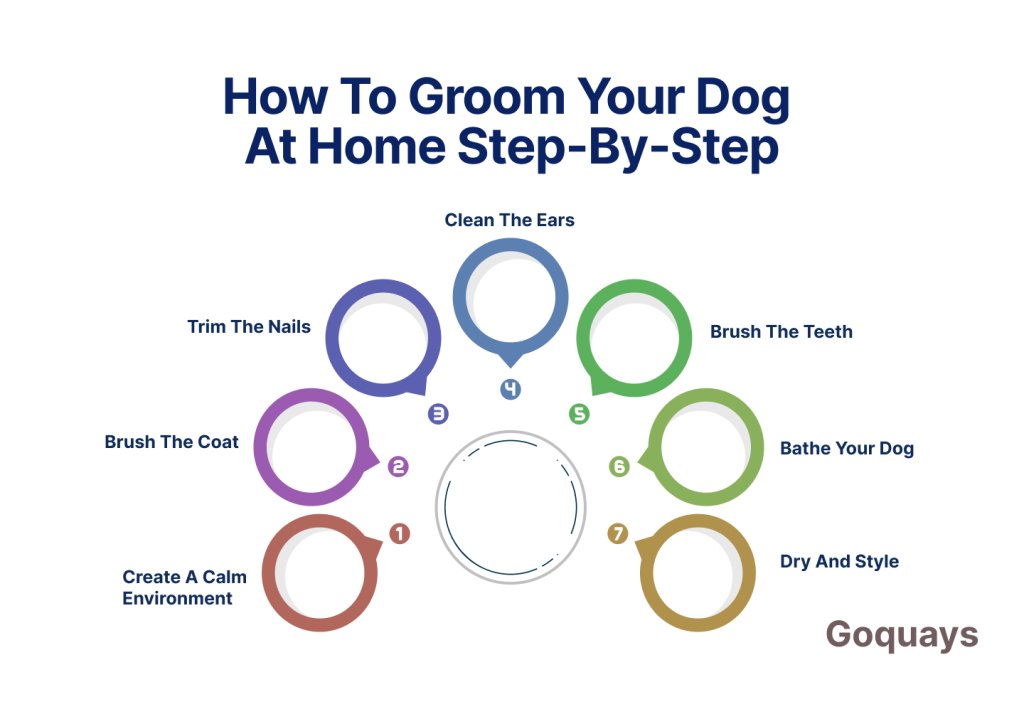
- Create a Calm Environment: Set up a quiet, comfortable space for grooming. Use a non-slip mat or grooming table, and make sure there are no distractions. Keeping your dog relaxed is key to a smooth grooming session.
- Brush the Coat: Start by brushing your dog’s coat to remove tangles and loose hair. Choose the right brush for your dog’s coat: a slicker brush for long-haired dogs, or a bristle brush for short-haired dogs. Brushing helps prevent matting and reduces shedding.
- Trim the Nails: Check your dog’s nails and trim them as needed. Use dog nail clippers, but be careful not to cut into the quick. If you’re unsure, a nail grinder can be a safer option. Trimmed nails help your dog walk comfortably and prevent injury.
- Clean the Ears: Use a dog-safe ear cleaner and a cotton ball to gently clean your dog’s ears. Avoid inserting anything into the ear canal to prevent injury. Regular ear cleaning helps prevent infections, especially in breeds with floppy ears.
- Brush the Teeth: Use a dog toothbrush and toothpaste to brush your dog’s teeth. Brushing regularly helps prevent bad breath and gum disease.
- Bathe Your Dog: When it’s time for a bath, use lukewarm water and a dog-safe shampoo. Gently massage the shampoo into their coat and rinse thoroughly. If your dog has long hair, you can use conditioner to make the coat more manageable.
- Dry and Style: Dry your dog using towels and a blow dryer on low heat. Brush their coat once dry to keep it neat and tangle-free.
Common Dog Grooming Challenges and How to Handle Them
Grooming is an essential part of your dog’s care, but it doesn’t always come easy. Some dogs may resist grooming, while others may feel anxious or nervous. Understanding these challenges and knowing how to address them will make the process smoother for both you and your dog.
What to Do If Your Dog Resists Grooming
If your dog is hesitant about grooming, it’s important to remain calm and patient. Start by introducing grooming tools slowly, allowing your dog to sniff them and get familiar with them. Make grooming sessions short and positive, gradually increasing the time as your dog becomes more comfortable.
If your dog shows signs of aggression, such as growling or snapping, don’t force the grooming session. Take a break and try again later, using positive reinforcement like treats and praise when they allow you to touch certain areas. You can also try grooming in stages: begin with brushing or nail clipping and work up to more extensive grooming over time.
Helping Anxious or Nervous Dogs Feel Calm
Anxious dogs may struggle with grooming due to fear of the process or past negative experiences. To help them feel more at ease, try to create a calm, soothing environment. Speak to your dog in a soft, reassuring voice and avoid sudden movements that may startle them.
Another helpful tip is to use calming aids like pheromone sprays or anxiety-relief collars. You can also give your dog breaks throughout the grooming session to reduce stress and keep them from feeling overwhelmed.
If grooming continues to be a challenge, consider professional help. A groomer with experience working with anxious dogs can offer guidance and make grooming a less stressful experience for both of you.
Should You Groom Your Dog Yourself or Hire a Professional?
When it comes to dog grooming, there’s always the question of whether to do it yourself or seek professional help. Both options have their benefits, and the right choice depends on your dog’s needs, your grooming skills, and your available time.
When DIY Grooming Is Enough
Many dog owners find that grooming their dog at home is not only cost-effective but also a great bonding experience. DIY grooming is perfect for routine tasks like brushing, nail trimming, and cleaning your dog’s ears. For dogs with short or medium coats that don’t mat easily, regular home grooming is usually sufficient.
If you’re comfortable with handling grooming tools like clippers or brushes and your dog tolerates the process well, home grooming is a manageable option. It’s also a good way to keep your dog’s coat healthy and shiny in between professional grooming sessions, especially for breeds that shed regularly.
Signs It’s Time to Book a Groomer Instead
While DIY grooming can cover the basics, some situations call for professional help. If your dog has a long, thick, or curly coat that requires specialized care, or if they suffer from matted fur that you can’t easily detangle, it may be time to book a groomer.
Professional groomers have the tools and expertise to handle these tasks without causing discomfort to your dog. Additionally, if your dog is particularly anxious or aggressive about grooming, a professional groomer with experience can help manage the situation more effectively.
If your dog’s nails are overgrown or if their coat has become severely tangled, it’s safer and more efficient to leave these tasks to a professional. Remember, some breeds require grooming every 6-8 weeks to maintain their coat health, so don’t hesitate to seek professional help when necessary.
Special Dog Grooming Situations You Should Know
Every dog is unique, and there are times when grooming requires extra care. Whether you’re dealing with matted fur, removing strong odors like skunk spray, or managing your puppy’s first grooming session, handling these situations properly ensures your dog stays comfortable and clean.
Dealing with Matted Hair Safely
Matted hair is a common challenge for dogs with long, thick, or curly coats. Matted fur can cause skin irritation and even infection, so it’s important to address it gently. Start by using a mat comb or de-matting tool, working from the outer edges of the mat toward the center to prevent pulling on the skin. If the mats are severe, you may need to cut them out carefully with clippers. Regular brushing is the best prevention, but for tough mats in sensitive areas like ears or paws, seeking professional help is recommended.
How to Remove Strong Odors Like Skunk Spray
If your dog gets sprayed by a skunk, the smell can be overwhelming. To neutralize it, mix a solution of hydrogen peroxide, baking soda, and dish soap. Apply it carefully to your dog’s fur (avoiding eyes and ears) and leave it for 5-10 minutes before rinsing thoroughly. This might need repeating for stubborn odors. For everyday odors, regular bathing with dog-safe shampoo will help keep your dog smelling fresh.
Puppy Grooming Essentials
Starting grooming early with your puppy builds a positive routine for their future grooming sessions. Use soft brushes to avoid irritation on their sensitive skin, and make nail trims gentle with rounded clippers to prevent injury. Keep sessions short and fun, rewarding them with praise and treats to create a calm, trusting association with grooming. Early positive experiences will make grooming easier as they grow.
Tips for Grooming Different Dog Breeds
Grooming your dog is never a one-size-fits-all approach. Different breeds come with unique coat types, and understanding these differences ensures you can tailor your grooming routine effectively. Whether your dog has curly, long, short, or double-layered fur, knowing the right techniques will improve both their comfort and appearance.
How Coat Type Affects Grooming Technique
Each coat type requires a specific grooming method. For instance, dogs with long coats, like Afghan Hounds, need regular brushing to prevent tangles and mats. If left untended, tangles can lead to skin irritation. Short-coated dogs, such as Beagles, are easier to groom, but they still benefit from occasional brushing to remove loose hair and maintain a healthy coat.
Curly-coated dogs, like Poodles, need special care to avoid matting in the curls. A wide-tooth comb should be used to carefully detangle and smooth the fur, and these dogs may need more frequent bathing to keep their coats healthy. Double-coated breeds, like Huskies or German Shepherds, shed heavily, especially during seasonal changes. Regular grooming helps manage this shedding and maintains their thick fur.
Tailoring Care to Curly, Long, Short, or Double Coats
For curly coats, invest in high-quality wide-tooth combs and de-matting tools to keep the curls intact without breaking the hair. Long-haired dogs require daily brushing, particularly in areas prone to tangles, such as under the ears, behind the legs, and around the tail. Short-coated dogs typically need less grooming but benefit from a brush or grooming glove to remove loose hairs, ensuring healthy skin without over-irritating.
Double-coated breeds require a slicker brush and undercoat rake to remove dead fur, especially during shedding seasons. Regular baths and trims will help maintain their fur and prevent matting.
10 Tips for Successful Dog Grooming
Grooming your dog doesn’t have to be a stressful or time-consuming task. With the right techniques and mindset, you can make grooming sessions quicker, easier, and more enjoyable for both you and your dog. Here are the top 10 tips that will help you keep your dog clean and comfortable while saving you time and effort.
- Start Grooming Early: Begin grooming your dog at a young age to help them become familiar with the process. This can make grooming easier as they grow older, and it helps build trust.
- Establish a Routine: Consistency is key. Set a regular grooming schedule based on your dog’s breed and coat type. This prevents mats and tangles from forming, making each session quicker.
- Keep Tools Organized: Have all your grooming tools in one place. Brushes, clippers, shampoos, and nail clippers should be easy to grab so you can move through each task without interruptions.
- Use the Right Tools: Choose grooming tools that are suited to your dog’s coat type. Invest in a quality brush or comb, clippers, and shampoo to ensure a smooth grooming session and avoid skin irritation.
- Groom in a Calm Environment: Ensure your grooming space is quiet and free of distractions. This helps your dog feel at ease and prevents anxiety.
- Break It Into Sessions: If your dog struggles with long grooming sessions, break it down into smaller, manageable chunks. You can do a little at a time to avoid overwhelming your pet.
- Be Gentle: Use gentle strokes and avoid tugging or pulling at your dog’s coat. Gentle grooming prevents discomfort and helps your dog stay calm.
8. Reward Good Behavior: Give your dog a treat or praise after each grooming session. Positive reinforcement encourages your dog to enjoy the process.
Final Thoughts
Dog grooming is an essential part of maintaining your dog’s health, comfort, and well-being. Whether you’re grooming at home or relying on a professional, it’s important to understand the unique needs of your dog based on their breed and coat type. By following a consistent routine, using the right tools, and being patient and gentle, you can turn grooming into a positive experience for both you and your furry friend.
Regular grooming not only helps keep your dog looking great but also strengthens the bond you share. With the tips and techniques shared in this guide, you’re now ready to approach dog grooming with confidence and care. Your dog will thank you with a shiny coat, healthy skin, and a happy attitude!

